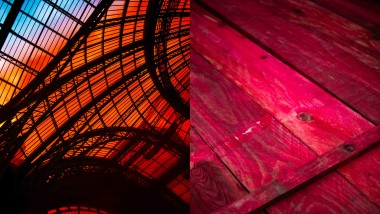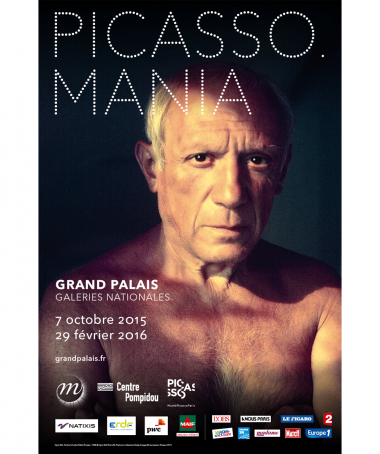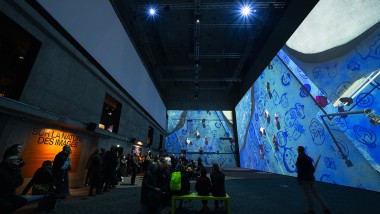
Picasso and Rineke Dijkstra

Her subtle and striking work takes the form of large-scales photographs or hypnotic videos, which capture the fragility of bodily metamorphoses (as seen in adolescents at the beach) or physical exertion (as seen in women after giving birth and matadors after bullfights). Her images usually feature simple, frontal compositions, and reveal the vulnerability in her models. Paradoxically, the viewer’s unique experience gives rise to a universal vision that is both monumental and vibrant.
I See a Woman Crying (Weeping Woman) was produced following an invitation from the Tate Liverpool to work with local school students. The installation features three video portraits, filmed from three different angles, of nine adolescents viewing Weeping Women, Picasso’s 1937 portrait of Dora Maar. Inspired by the ritual of school museum trips, Dijkstra recorded the young viewers’ speech and emotions. For the duration of the 12-minute video, the artwork, left off-screen, exists only through their faces and voices. In the same way as the screen angles and camera movements – including close-ups and double-ups) – show this confrontation in a dynamic way, the soundtrack records its stops and starts. By choosing not to film Weeping Woman, Dijkstra substitutes words for images. She imposes her own spoken, sensory, critical and fundamentally human vision of the painting on viewers. I See a Woman Crying is both a group portrait and a reflection on the art of portraiture. It vividly depicts the way in which Picasso’s work is received, and its continued relevance in today’s society.

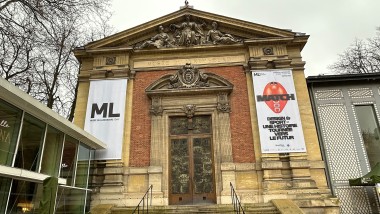
Design goes the extra mile for sport! The trailer for the next exhibition at the Musée du Luxembourg
Article - 11 March 2024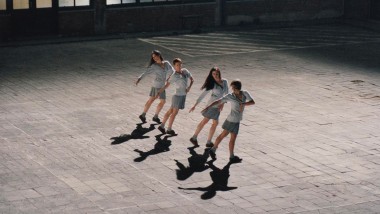
‘Rosas Danst Rosas', A contemporary dance by Anne Teresa De Keersmaeker in response to Stein
Article - 24 January 2024